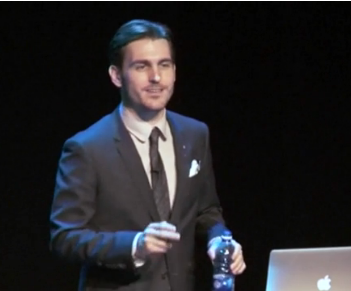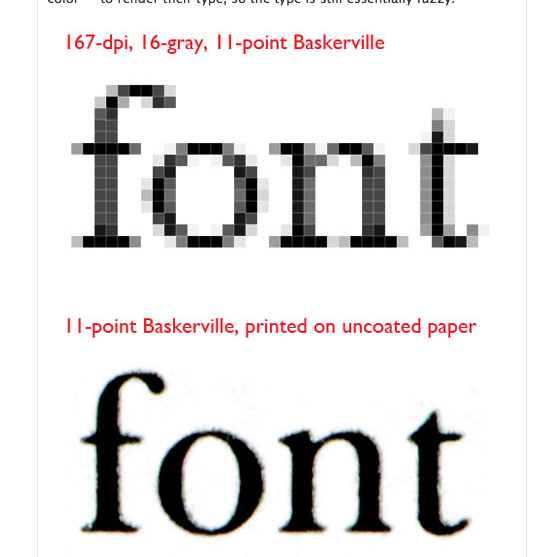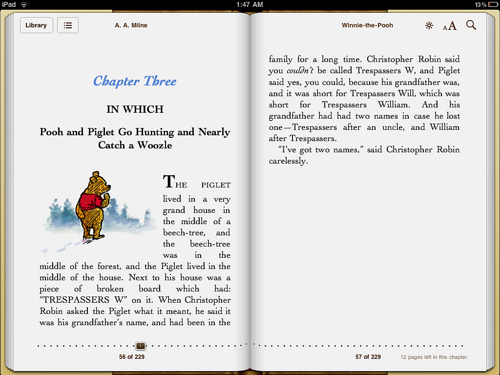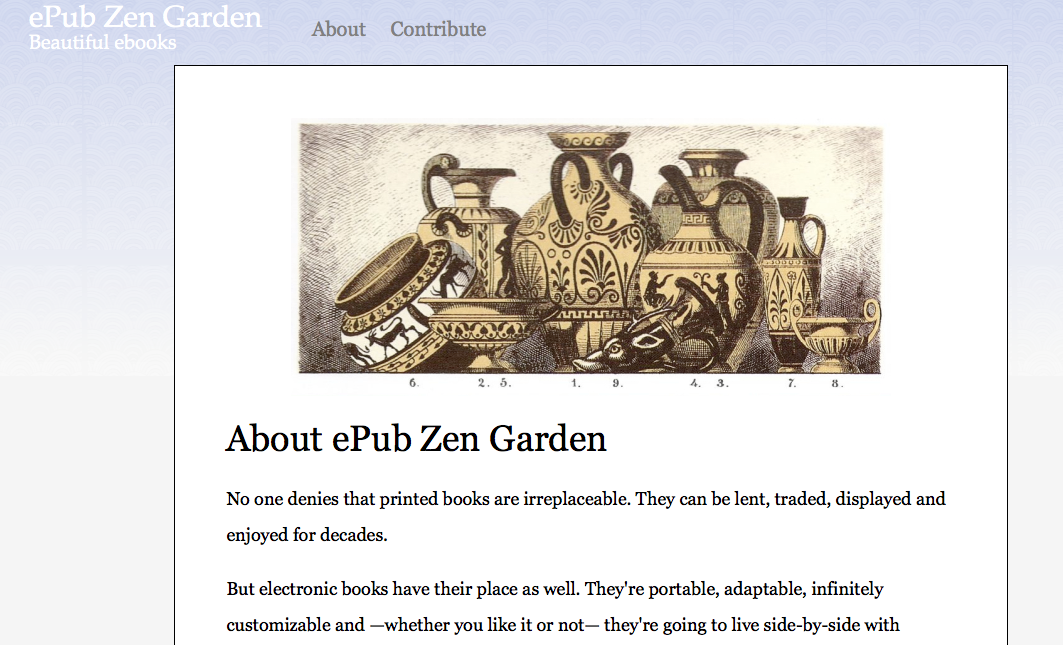Craig Mod, in his lecture Designing for the Future Book talks of his love of the own-able tactile qualities of the book. He begins is talk of an experience while traveling, of both he and his companion, both opening back packs and pulling out the same book in a romantic and completely random coincidence. Pulling out Kindles he contends would not have the same romanticism.
He feels that books are bounded and digital books boundless. That the bounded tangible book feels familiar to us. Largely his talk is about the in between time in technology where books begin to look like books on digital readers. He also shows us the DynaBook sketched by Alan Kay in 1968 which looks very similar to hand held readers today. The one in the image is a cardboard prototype.
For more on Craig Mod http://craigmod.com/
One of the concerns of the digital book is the lose of, or marginalized, the cover. Another is the typography.
Joe Clark, in his post for A List Apart, declares “The internet did not replace television, which did not replace cinema, which did not replace books. E-books aren’t going to replace books either. E-books are books, merely with a different form.” This I find encouraging because while we must embrace the future – I still want to hold my book, have it fall on my face as I drift into sleep, aline my book shelves. Yet we can only carry so many books with us, and so with technology I will move forward. Eventually.
Joe Clark offers that many of the fine details of typesetting will be handled with HTML5 and CSS.
Another article found on Creative Pro, is very informative regarding type on these devices. The short story is that type on a reader is formed by the surrounding pixels. One bit of advice given was to use a web safe font.
Another informative article by Stephan Coles for the Font Feed, talks about what the iPad is missing – typography (and a camera). He mentions the limited option of fonts and the inability for ragged right alignment, hyphens and the ability for tables to load correctly.
It seems until the coding and software catches up we have limited options. In the mean time Zen Garden has launched ePub Zen Garden for those trying their hand at digital publication design. The site opens with this statement, “We want to dispel the myth that digital books can’t also be crafted works of visual design.”
Of course designers can use the Adobe Creative Suite InDesign to create ePubs and the Adobe Digital Publishing Suite.
Many print designers are hurrying to keep up, as they should, this is no time to slack. To stay relevant in the field designers have to become adept at designing for a variety of platforms. Design for web or increasingly ePub, is being done through a team of both coders and designers. Technology brings the ability to do these tasks closer to home. Many coders are trained designers and many designers are learning code. Typography for the future will be a mash up of techniques, code and software. Good design with a clear understanding of intended output that will reinforce typography as a means of successfully communicating in the visual field.
Resources:
http://www.creativepro.com/article/state-e-book-typography
http://craigmod.com/
http://fontfeed.com/archives/ipad-typography/
http://blogs.adobe.com/digitalpublishing/2010/03/create_epub_ebooks_with_adobe_indesign.html
http://www.adobe.com/products/indesign/showcase.edu.html
http://epubzengarden.com/about/
http://www.edibleapple.com/2010/04/30/from-alan-kays-dynabook-to-the-apple-ipad/
http://www.alistapart.com/articles/ebookstandards/





